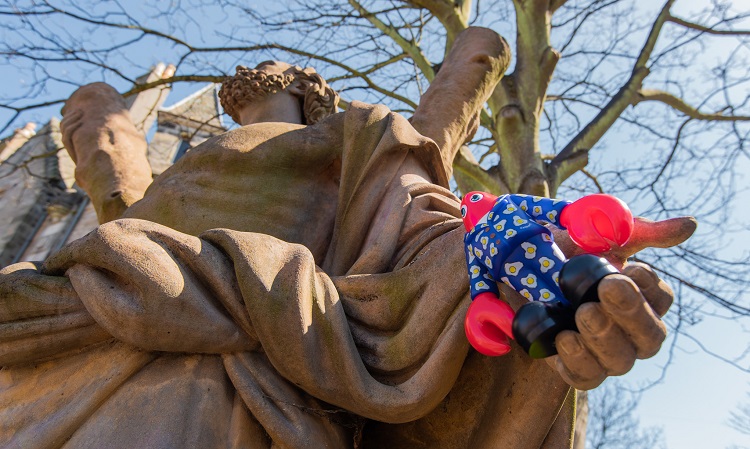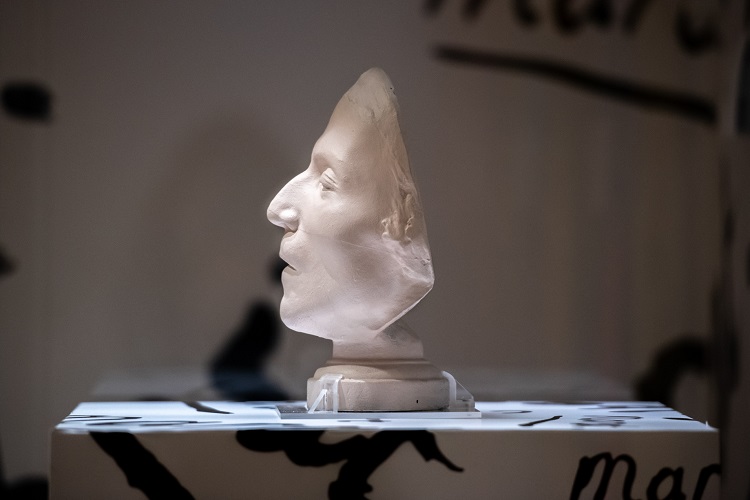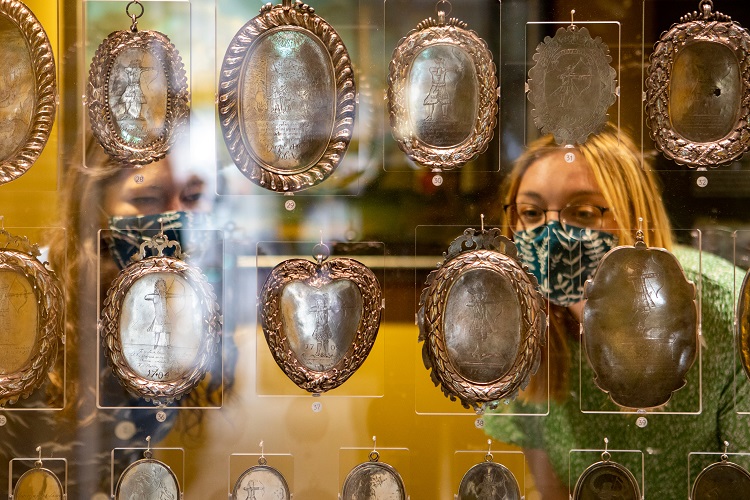Scotland’s first university opens its new museum

The University of St Andrews’ flagship museum will reopen following more than a year’s delay due to the pandemic.
Named after the University’s founder and first Chancellor Bishop Henry Wardlaw, the museum has undergone a £2.1 million overhaul which has delivered 50 per cent more space, reimagined displays in four thematic galleries, a new temporary exhibitions space, and a remodelled entrance area and shop. This space will provide an exciting cultural venue at the heart of St Andrews’ cultural quarter, which now includes the Laidlaw Music Centre, Byre Theatre, and redeveloped Younger Hall.
Philanthropic donations have been a major factor in enabling the extension and redesign of the museum and the University would like to thank all donors who made this possible, including alumni Michael Buchanan, and Arthur and Nicola Drysdale.
The University’s collections include around 115,000 objects of national and international interest. Visitors will be able to see a broader selection than previously in the Wardlaw Museum, including some that have not been on display before, including a Thai silver zodiac bowl, prototype LEDs developed in the 1970s, beautiful models of plants and flowers, and a NASA telegram that accompanied moon rock samples sent to the University for analysis.
The opening of the Wardlaw Museum inaugurates an exciting programme of temporary exhibitions. The first of these is The Death of Marat & the Birth of the Lobster, a display of new work by alumnus Philip Colbert. Colbert is bringing his hyper-pop universe to St Andrews, and the centrepiece is a new work inspired by Jacques-Louis David’s masterpiece showing the last moments of Jean-Paul Marat reinterpreted in Colbert’s signature style.

Opening exhibitions at the Wardlaw Museum also include two curated by students on the University’s MLitt Museum and Gallery Studies Programme. Julia Margaret Cameron: Vision and Verse features a book created by photographer Julia Margaret Cameron in collaboration with the poet Alfred, Lord Tennyson. Sex as Subversion, Fantasy and Power: The Beggar’s Benison Club takes a new perspective on artefacts from the all-male Beggar’s Benison Club, from eighteenth-century Anstruther, Fife, exploring their relevance to contemporary issues and conversations.
The Wardlaw Museum, which sits on The Scores with a backdrop of the North Sea, will be open seven days a week, including early evenings on weekdays.

Dr Catherine Eagleton, Director of Museums at the University, said: “After a long delay due to the pandemic, we can’t wait to share the new Wardlaw Museum with our staff and students, with our local community, and with visitors from further afield. Museums just aren’t the same without visitors in them – having interesting conversations, finding ideas or inspiration, learning new things, or enjoying a moment of calm and reflection.”
The University of St Andrews is Scotland's first university, founded in 1413. Like the University, its Museums are rooted in and draw inspiration from this 600-year history of research and teaching, and the pursuit of knowledge for the common good.
The Museums’ collections are of national and international interest and importance and consist of around 115,000 artefacts and specimens.
Museum collections are featured at the Wardlaw Museum and the Bell Pettigrew Museum, stored and studied in a dedicated Collections Centre, displayed across the University campus, and loaned for exhibition nationally and internationally.
Issued by the University of St Andrews Communications Office.